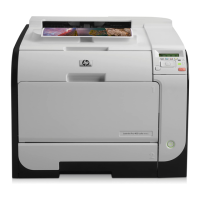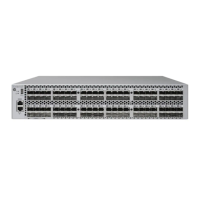UNPAK [-i] archive,@fileset [,restore-options...]
RUN archive [-i] @fileset [,restore-options...]
UNPAK and self-extracting archives also accept these run options:
-restore restore-program
specifies the RESTORE object file to be used. The default is $SYSTEM.SYSnn.RESTORE.
-password password
specifies the password for an encrypted archive.
Considerations
• PAK compresses files to a single unstructured archive file (code 1729).
• PAK compresses files one record at a time so better compression is achieved with longer block
sizes (for example, use BLOCKSIZE 28).
• The self-extracting archive created by PAK is a code 700 file.
• The owner and security of extracted files is the same as for the original files (unless you use
MYID). Therefore, it is important to use the MYID option to ensure you can access the extracted
files.
• Complete syntax, including BACKUP and RESTORE options and qualified file-set syntax, is
available in the PAK/UNPAK online help.
• PAK compresses files only from one node at a time. The node can be different than the one
PAK is running on.
• You cannot use PAK on OSS files.
• The -ext and -max options determine the maximum size of the archive file or each file for
multifile archives. Using the defaults for each (extent-size is 72 pages, maxextents is
900) results in a maximum archive file size of about 132 MB (132,710,400 bytes). When
specifying these two values, you must ensure that the maximum archive file size is less than
4 GB (extent-size * maxextents must be less than 2,097,000). Otherwise, when PAK
tries to open the file, it returns error 580.
If you also use the -split option, the maximum size of a single archive file is 2 GB
(2,147,483,647 bytes).
• PAK cannot compress OPEN files if the files are opened exclusively. To PAK files opened for
write, you can use the SHARE option but the resulting PAK file might be corrupted. For example,
you cannot use PAK on edit files opened in read/write mode by EDIT or TEDIT.
• In addition to their own messages, PAK and UNPAK can display any BACKUP or RESTORE
messages during their processing.
• Syntax errors in BACKUP/RESTORE commands are not noticed until the BACKUP or RESTORE
process starts.
• If a PAK or UNPAK operation fails for any reason, the program displays an appropriate
message and stops with completion code 2. For an internal error, the program abends and
produces a saveabend file ZZSAnnnn if Inspect is running.
• If a PAK operation fails and displays the message Error 45 when writing to file
filename, verify that the split size specified in the PAK options is approximately 2 GB. Also,
ensure that the split size is less than the archive file size by around 300 KB.
• The PAK or UNPAK operation used with the /OUT option logs entries for files that are packed
in the output file specified in the operation. The output file contains information about the PAK
or UNPAK utility and a description for each packed or unpacked file.
A PAK or UNPAK operation can log entries up to 99999 lines in the output file. If total number
of files to be packed or unpacked needs more than 99,999 lines for logging, PAK or UNPAK
Considerations 121
